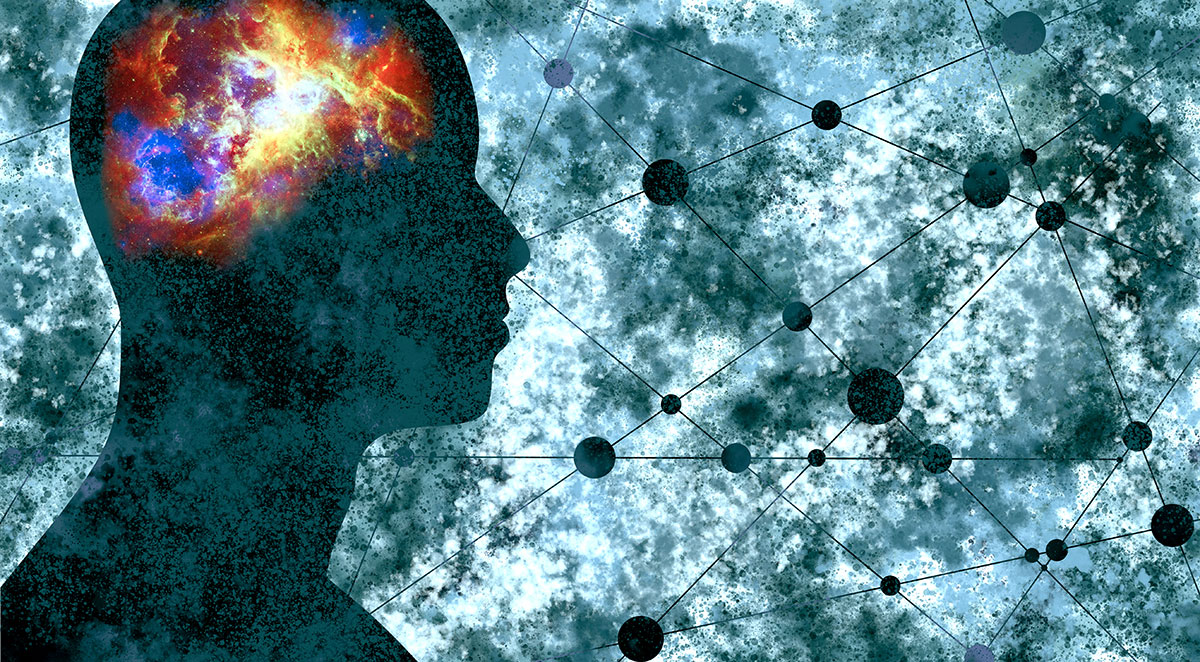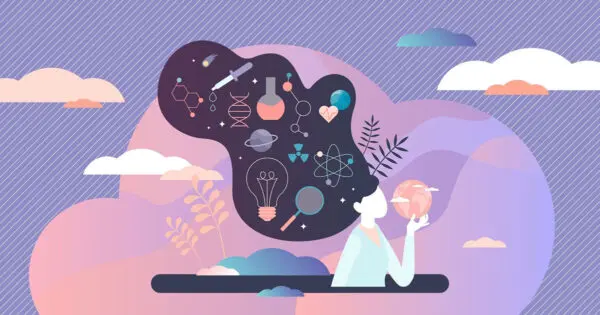Medical Editor: Dr. Benjamin Malcolm, PharmD, MPH, BCPP
Since its addiction interrupting properties were first discovered, ibogaine has proven a fascinating and unique compound. The psychoactive indole alkaloid is well known among those working in fields of addiction treatment and harm-reduction, but the prohibition of ibogaine has limited research opportunities.
Ibogaine’s impacts and toxicity are not fully understood. It has a unique mechanism of action and appears anti-addictive for many drugs involved in substance use disorders (SUD). It can block or greatly diminish acute withdrawal effects of opioids, making it particularly well suited for treating opioid use disorders (OUD) involving classic opiates like morphine and heroin.
In this article, we’ll explore the science behind how ibogaine impacts the body and brain and provide a discussion on the dosing of ibogaine in OUD. Check here for more insight into the history of ibogaine therapy or the full run-down on known risks and contraindications for ibogaine therapy.
How Does Ibogaine Work in the Body?
Ibogaine is a long-acting psychedelic. Within 15 minutes ibogaine is metabolized in the liver into noribogaine, which is even longer-acting and shares much pharmacologic action with ibogaine. The subjective ibogaine experience can last as long as 24 hours, and physical effects on cardiac conduction may persist for several days after treatment.
Ibogaine is metabolized to noribogaine by a liver enzyme called CYP2D6. Many people have genetic variations in CYP2D6, which can also drastically increase risks. Some medications can interfere with CYP2D6, which means they would interfere with ibogaine metabolism and could lead to dangerous drug interactions.
The cardiac toxicity possible with ibogaine also sets it apart from other psychedelics. Ibogaine significantly impacts heart rate and can cause irregular beats and a fatal ventricular arrhythmia called torsades de pointes. These can occur due to blockage of potassium channels and prolonged QTc intervals, a condition that can be mitigated with proper screening and monitoring. Long QT syndrome, history of arrhythmias, heart murmurs, and other cardiac conditions are contraindicated with ibogaine use.
A screening including an electrocardiogram(EKG) for prolonged QTc intervals, electrolyte panel, liver function tests, and medications that can affect cardiac conduction is necessary. Heart medications, psychiatric medications, medications that prolong QTc intervals can all be dangerous, as can electrolyte levels. Below is a summary of contraindicated medications:
- Drugs that slow heart rates or are used to treat arrhythmias (e.g. beta-blockers)
- Drugs that prolong QTc intervals (e.g. methadone)
- Long-acting opioids (e.g. methadone, buprenorphine, oxycontin)
- Stimulants (e.g. cocaine, methamphetamine, MDMA)
- Drugs that inhibit liver enzyme CYP2D6 (e.g. fluoxetine, paroxetine, bupropion)
Other conditions such as non-drug-induced seizure disorders, including epilepsy, respiratory conditions, some severe gastrointestinal conditions, morbid obesity, liver impairment, hepatitis C, HIV, blood pressure problems (or taking blood pressure medication), and those with a history of alcoholism should be screened thoroughly by an experienced facilitator.
How Does Ibogaine Work in the Brain?
In terms of mental health risks, individuals diagnosed with schizophrenia or with a history of psychosis or hospitalization due to manic states may be at risk for exacerbated symptoms of their diagnoses — as well as psychosis or acute confusional states following ibogaine treatment.
Ibogaine is also unique in that it stimulates and modulates the release of a protein known as GDNF (glial cell line-derived neurotrophic factor). GDNF plays a unique role in maintaining the health of dopamine receptors, and according to one study, may play a regulatory role in substance use disorders (SUD). Ibogaine also modulates the neurological systems that release BDNF (brain-derived neurotrophic factor), a protein that supports nerve cells’ survival and growth and is active at the nicotinic receptor.
Ibogaine interacts across multiple neurotransmitter systems. It is active on sigma-2 and the mu and kappa opioid receptor sites. It also interacts with acetylcholine, dopamine, and serotonin systems. Additionally, noribogaine appears to further engage with mu and kappa opioid receptors after it’s metabolized in the body from its source molecule, ibogaine.
Several of these interactions are thought to affect addiction processes. For one, ibogaine acts as an NMDA antagonist. In animal trials, it was shown that antagonists of the NMDA receptor reduce symptoms of opiate withdrawal. But this has not been studied in human trials yet.
How is Ibogaine Dose Determined?
There are many factors that practitioners may consider in dosing ibogaine. Weight-based dosing of ibogaine may be dangerous for persons that are CYP2D6 poor metabolizers or are obese. Ibogaine does not have a “one size fits all” method. Larger amounts of ibogaine that trigger a visionary state and are often used for mental health disorders, psychospiritual introspection, and SUD are sometimes referred to as ‘flood’ doses. While dosing for SUDs in published literature has ranged from 8-20mg/kg, several deaths have occurred around 20mg-30m/kg. In a study of 19 individuals who died in association with ibogaine, 10 of the deaths occurred in the 8-20mg/kg range within 1.5 hours and 76 hours of ibogaine ingestion. However, doses as low as 4mg/kg have resulted in death in persons using contraindicated drugs or pre-existing physiological contraindications. Adverse effects have occurred at doses as low as 3mg and 10mg. A prolonged QT/QTc interval is generally considered 440ms in males and 460ms in females. Anecdotally, anyone with a QTc of 420-430ms may be considered “borderline prolonged” and possibly not a candidate for a flood dose.
A recent 2021 study on QTc prolongation in opioid-dependent individuals showed significant QTc prolongation at a dose of 10mg/kg of ibogaine HCL. The average participant prolonged 100ms during the first hours after ibogaine ingestion. About half of the participants were prolonged above 450ms after 24 hours. Given the significant risk of cardiac side-effects and assuming QTc prolongation is dose-related, this study advocated for further research into a repeated low structured dosing approach.
Torsades de pointes, cardiac arrest, and fatalities have occurred in monitored settings and under the care of ibogaine providers. We currently do not know all of the reasons why some people respond so drastically to ibogaine, even after being sufficiently pre-screened. If someone has seizures, arrhythmias, or torsades de pointes, medical intervention should occur within minutes.
Repeated and Low Dosing
Additionally, if further testing such as an echocardiogram or stress test is required due to results of baseline tests such as a liver panel and ECG, the provider may also recommend a repeated and low dosing protocol.
In this protocol, doses are given in a cascading regimen, over several weeks, with break days provided as necessary. EKGs are given daily, and clients are under vigilant monitoring due to the accumulating factor of noribogaine. This protocol may allow people who may not meet traditional flood inclusion criteria or are coming off a long-acting opioid without sufficient time on an SAO to experience ibogaine safely.
Some researchers are suggesting it as a safer alternative to people who have borderline QT-intervals or who may need a higher dose of ibogaine that would be dangerous as a flood dose. However, anecdotally, few providers and treatment centers are trained and offer this method. Low and repeated dosing, like any ibogaine dosing, requires vigilant daily safety and long-term training. Please vet providers thoroughly to insure they have the proper training.
Opiate Flood Dosing and Boosters
Ibogaine may be administered using a test-flood-boost approach for opioid use disorder. In this approach, a 3mg/kg test dose is given after abstaining from opiates for about 9-12 hours, sometimes overnight. The opioid-dependent individual should be in the beginning stages of opioid withdrawal before ingesting any ibogaine.
Opioids must be sufficiently metabolized out of the body before taking any ibogaine, as ibogaine has been shown to potentiate opiates while simultaneously resetting opiate tolerance. The test dose is followed 2-12 hours later by a flood dose that is typically four times the test dose (~12mg/kg). From there, a booster dose of 1-5mg/kg may follow in an interval ranging from 1-16 hours to deepen the experience or stave off residual withdrawals.
Microdosing and booster dosing are sometimes used after an ibogaine treatment has concluded and a client’s EKG and QTc have returned to their baseline. These doses are often used for deeper introspection or for prolonged post-acute withdrawal syndromes (PAWS) that may occur.
Microdoses of ibogaine are defined by 30mg of ibogaine hcl or less. Microdosing has not yet been studied thoroughly, but individuals generally ingest one to three doses every 4-7 days. Due to noribogaine’s long-acting mechanism, individuals choosing to microdose need to remember that continuous daily dosing will accumulate, which will eventually increase medical risk.
Anecdotally, it may be the case that ibogaine is more effective at blocking withdrawal from classic opiates like heroin or morphine compared to synthetic opioids like fentanyl or buprenorphine, although there is no data available to help understand why or best practices for management in these cases.
Conclusion:
A final thought: This is just a small overview of the pharmacology of ibogaine. Though this unique psychedelic remains understudied, some interesting research suggests ibogaine also has antibacterial properties and neuroprotective properties and may even support the reduction of candida and offer unique effects in morphine tolerance and HIV inhibition. Though possibly fatal if not delivered by trained experts and with proper medical screening, it is clear that ibogaine is a powerful and unique medicine with many therapeutic potentials.








